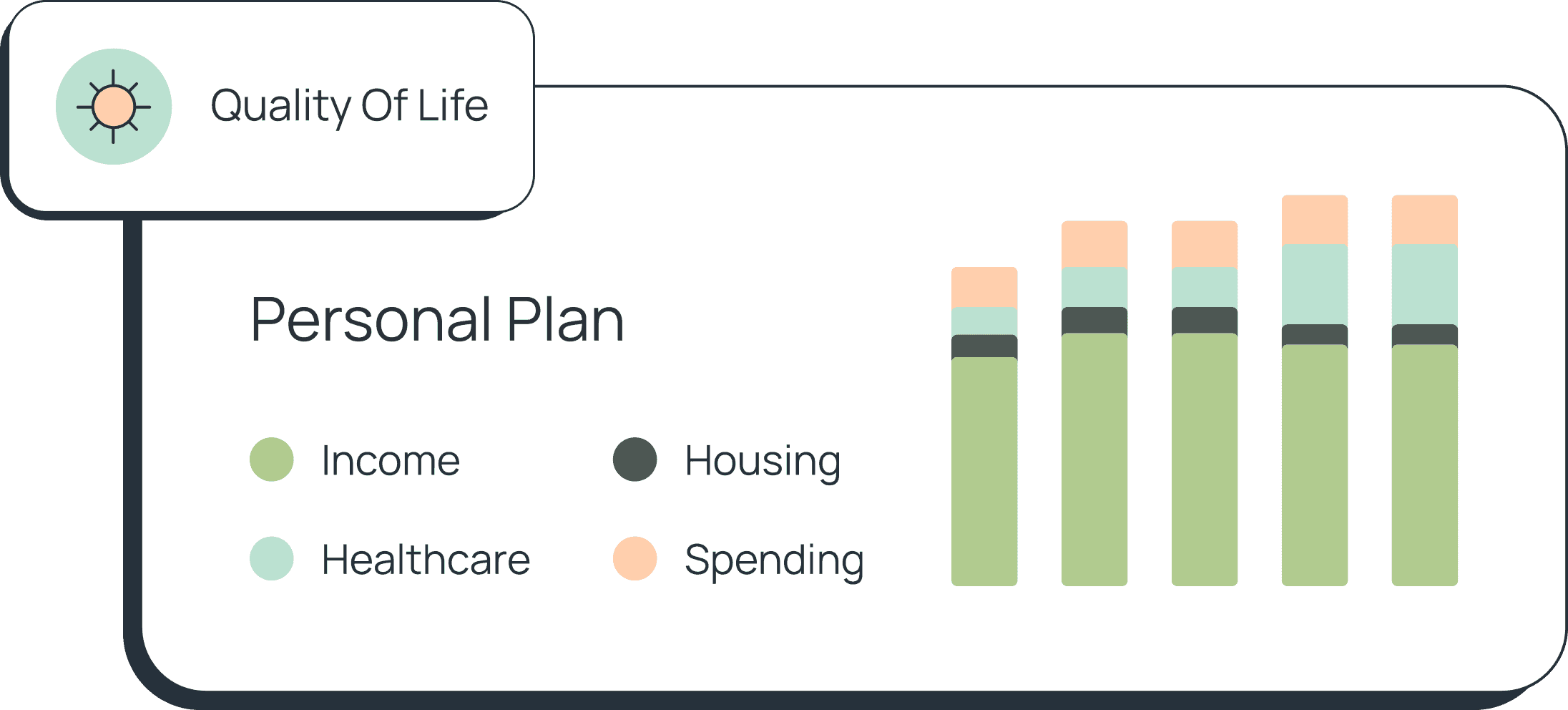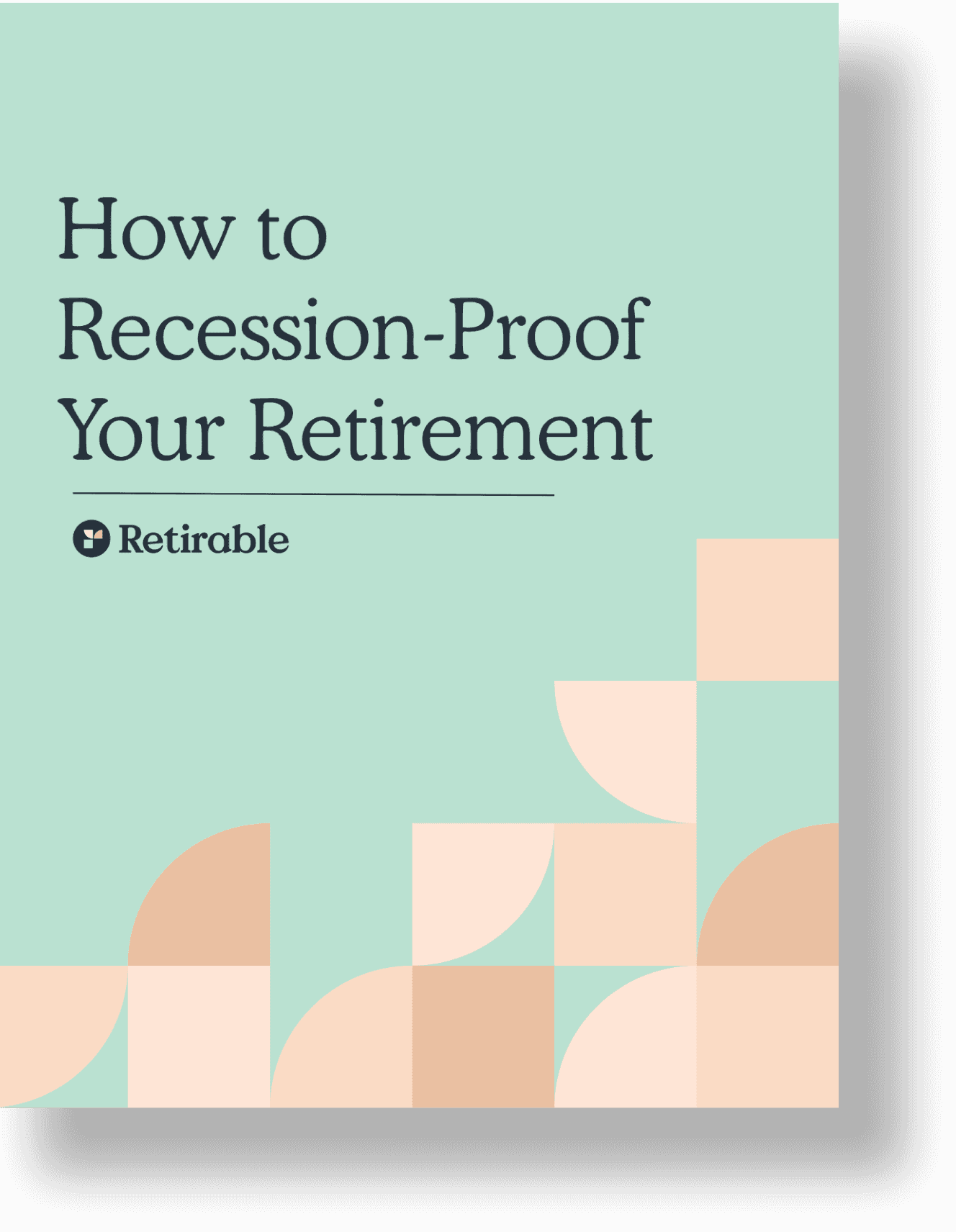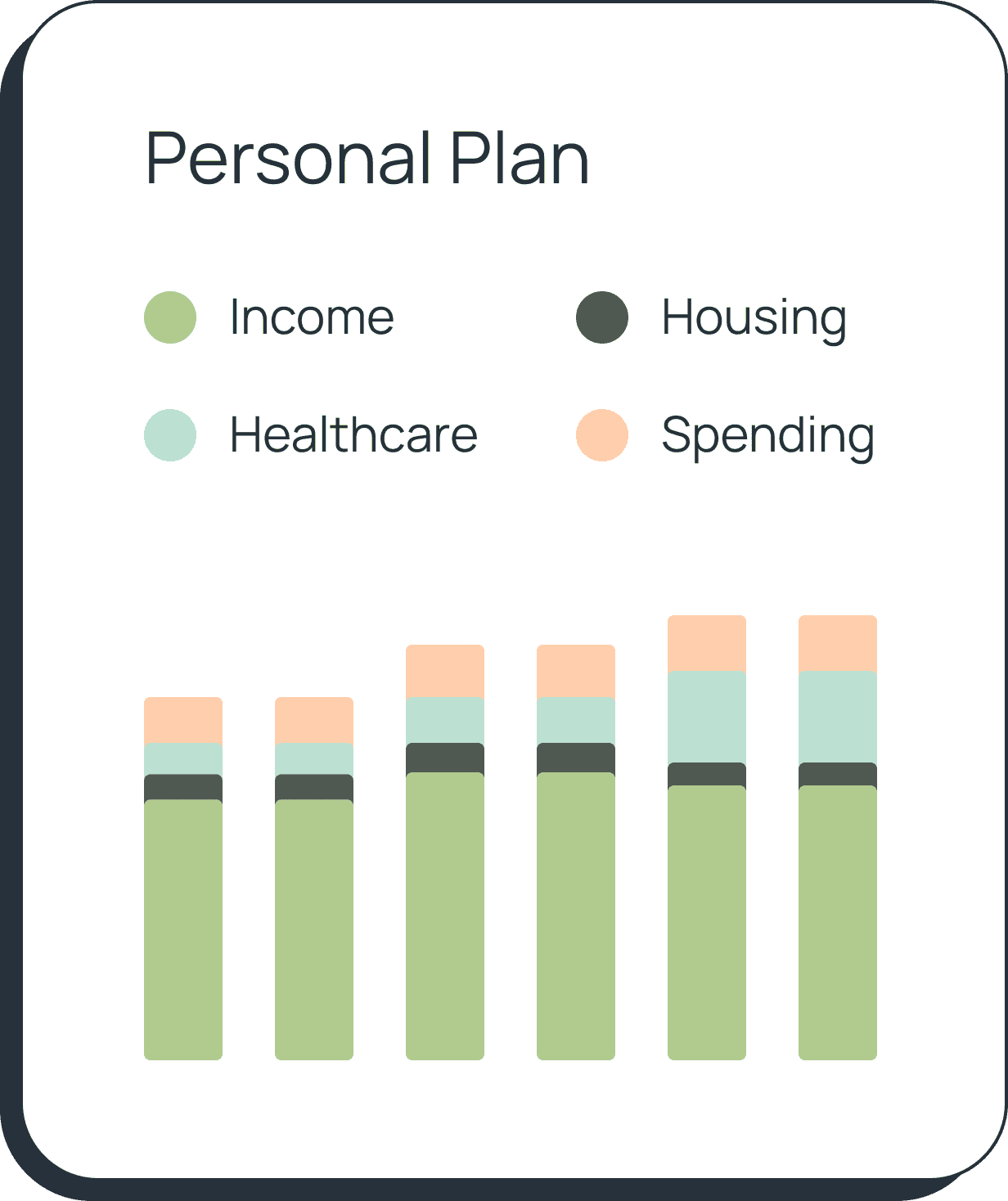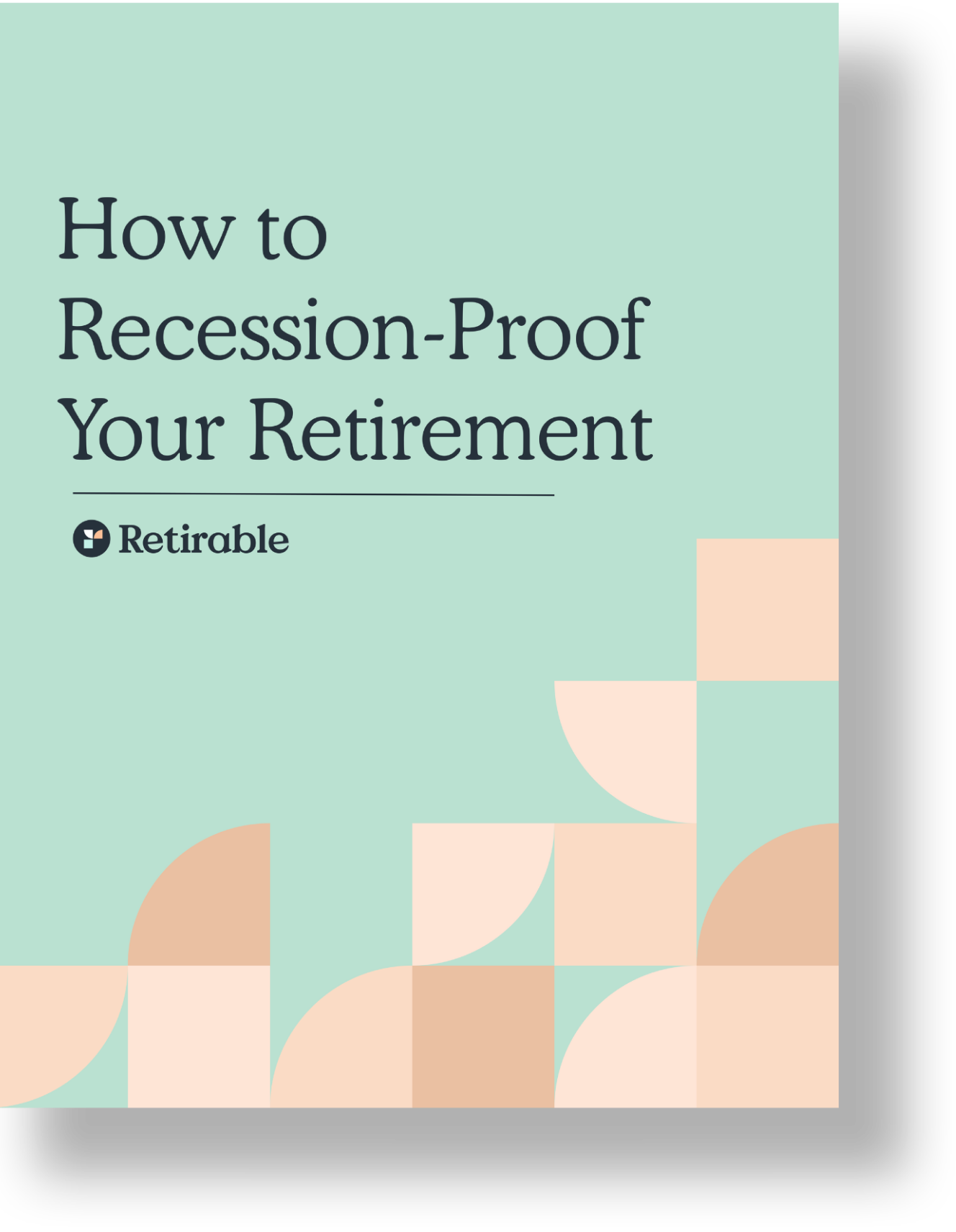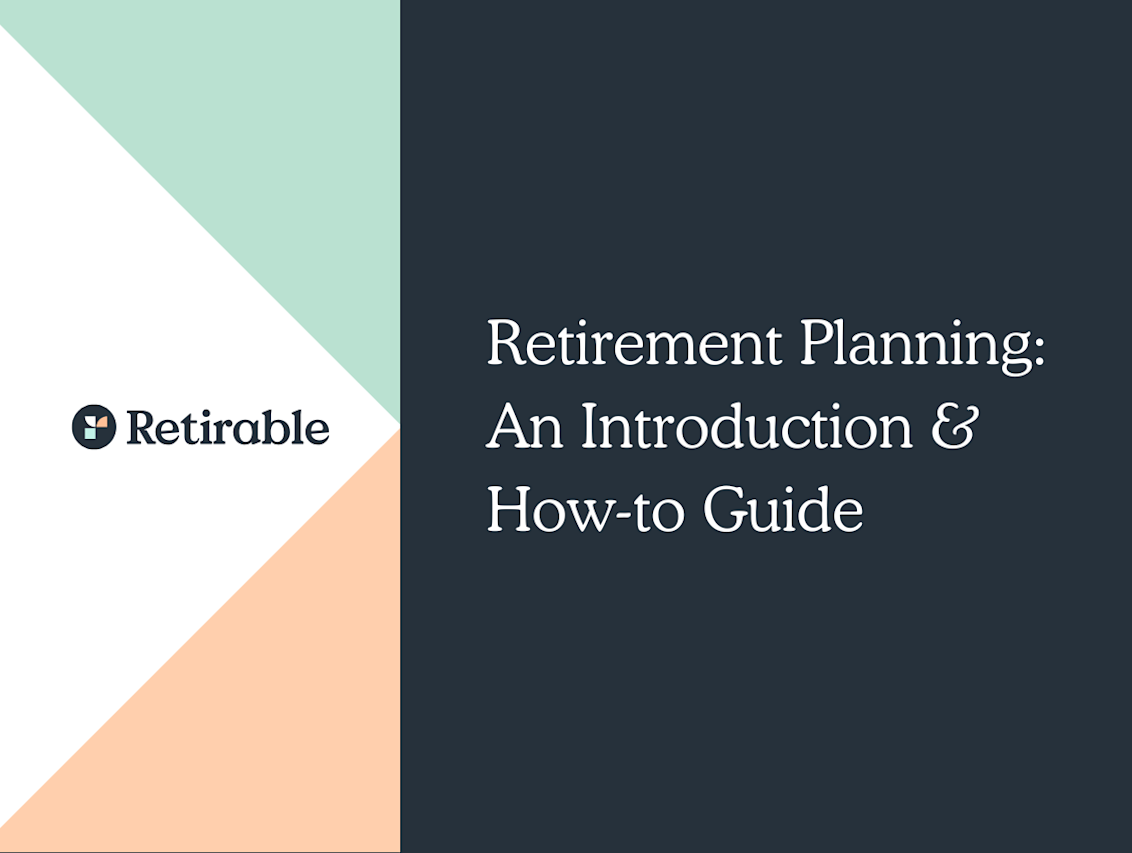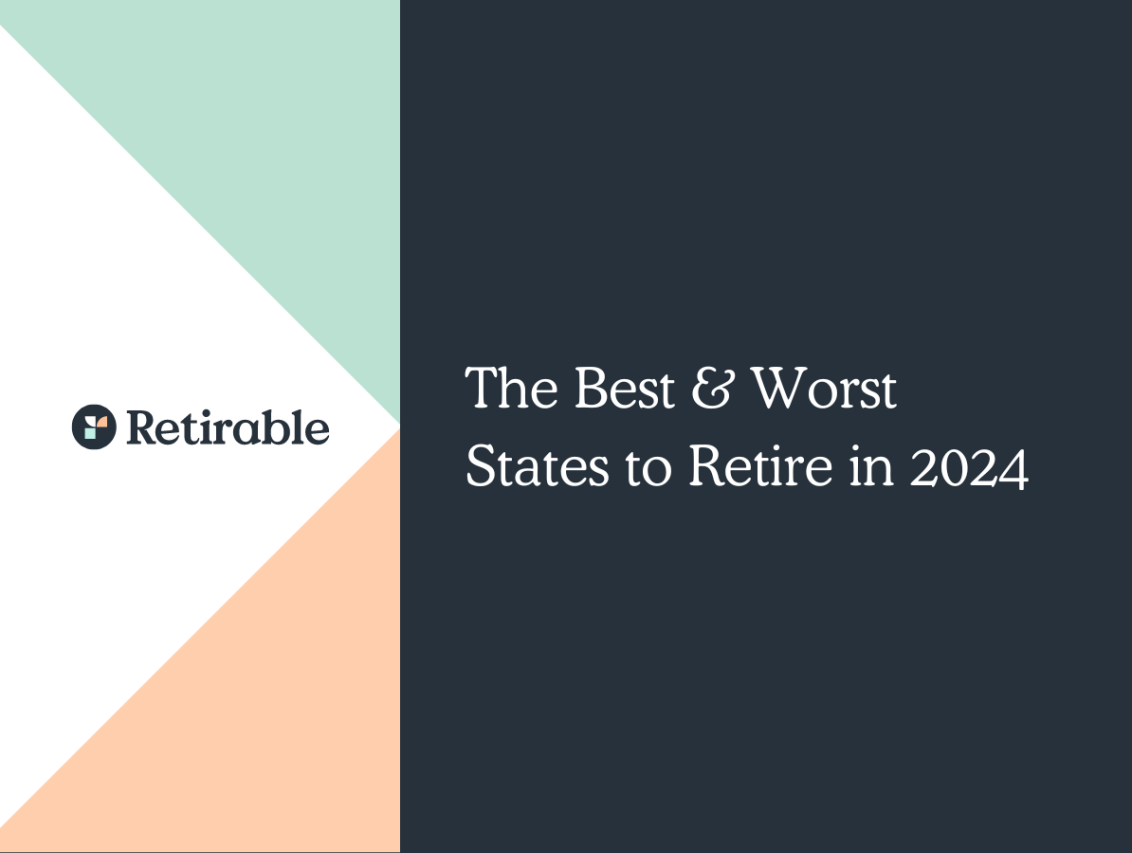Retirement Accounts
The small business retirement plans—SEP IRA, SIMPLE, 401(k)—can sound a bit like alphabet soup, but taking some time to understand the key differences between these different plans—such as contribution limits and eligibility requirements—is important and will help you set up the right retirement offering for your small business.

C.E Larusso
•
Published August 16th, 2023
•
Updated February 6th, 2024
Table of Contents
Key Takeaways
The SEP-IRA and SIMPLE IRA are easy to set up plans available for those with fewer than 100 employees
The 401(k)—one of the most popular retirement plans—offers high contribution limits, but also requires more paperwork and fees to establish and maintain
If you’re self-employed without employees, look into opening a traditional or Roth IRA or a solo 401(k)
The small business retirement plans—SEP IRA, SIMPLE, 401(k)—can sound a bit like alphabet soup, but taking some time to understand the key differences between these different plans—such as contribution limits and eligibility requirements—is important and will help you set up the right retirement offering for your small business.
Retirement Plan Options for Small Businesses
Even if you’re running the company from top-to-bottom without the support of a human resources department, you can establish an excellent retirement plan for yourself and your employees, with the hopes of creating a safe nest egg for their retirement.
SEP-IRA
A SEP-IRA is one investment tool intended for the self-employed, small business owners (with or without employees), and freelancers. Easy to set up and maintain, contributions are tax-deductible and investments grow tax-deferred until distributions begin, at which point they are taxed as income. The “SEP” part of “SEP-IRA” stands for “simplified employee pension”; these plans are meant as an alternative to traditional employer-sponsored plans that might have higher set-up and operating costs. With a SEP-IRA, the employer makes contributions on the employee’s behalf — employees cannot contribute to the plan.
Eligibility and Contributions for 2024:
Designed for: Self-employed individuals and small business owners. Contributions must be made for all eligible employees at an equal percentage.
Employee Eligibility: Must be at least 21 years old, have worked for the business for at least three of the last five years, and earned a minimum of $750 in the previous year.
2024 Contribution Limit: The lesser of 25% of compensation or $69,000.
Main Benefits:
- High contribution limits allow for significant retirement savings.
- Simple setup and maintenance with immediate vesting of contributions.
Drawbacks:
- No catch-up contributions for participants age 50 and older.
- Required Minimum Distributions (RMDs) start at age 73, moving to 75 by 2033.
Withdrawal Rules: As with traditional 401(k) accounts, you can withdraw money from your SEP IRA any time you wish, however you will face a 10% tax penalty if you withdraw before you turn age 59 ½. There are a handful of circumstances that allow the penalty to be waived, which include:
- Accountholder’s death
- Disability
- Eligible higher education expenses
- A $10,000 withdrawal for first-time home buyers
- Eligible medical expenses
- Health insurance premiums during periods of unemployment
- Accountholder is a military reservist called for active duty
While your early withdrawal, if it fell into one of these qualifying events or circumstances, would not be subject to the 10% penalty, you would still need to pay income tax on it.
SIMPLE IRA
The SIMPLE (Savings Incentive Match Plan for Employees Individual Retirement Accounts) IRA is a retirement plan for self-employed people and small-business owners with 100 or fewer employees. The SIMPLE IRA, as its name suggests, is relatively easy to set up, with low start-up costs, and can be established through financial institutions such as Fidelity, Merrill Edge, and TD Ameritrade. In addition, it requires minimal paperwork: just an initial plan document and annual disclosures to employees.
If you are a small-business owner, the contributions you make for your employees are tax-deductible. Basic eligibility rules are as follows:
2024 Rules and Contributions:
Employer Eligibility: Must have 100 or fewer employees.
Employee Eligibility: Must have earned at least $5,000 in any two preceding years and are expected to earn at least $5,000 in the current year.
2024 Contribution Limit: Employees can contribute up to $16,000, with a $3,500 catch-up contribution for those 50 and older.
Main Benefits:
- Easy to set up with instant vesting.
- Offers a tax credit for automatic enrollment setups.
Drawbacks:
- Lower contribution limits compared to 401(k) plans.
- Only suitable for businesses with 100 or fewer employees.
Withdrawal Rules: The SIMPLE IRA withdrawal rules are the same as the ones for other IRAs. With the SIMPLE IRA, you do not pay taxes on contributions, however you will pay income tax when you receive distributions during retirement. Withdrawing early (before you turn 59 ½) will result in a 10% penalty, unless you are withdrawing for one of the handful of special circumstances allowed. Required minimum distribution (RMD) rules apply once you turn 73.
If you have a Roth SIMPLE IRA, you’ll pay taxes on contributions, but can withdraw tax-free during retirement.
401(k)
401(k) retirement plans are one of the most popular out there, as they have enormous amounts of flexibility. That said, compared to SIMPLE IRAs and SEP-IRAs, the paperwork to get set one set up and running is more complex. In addition, these plans often have higher fees, but the total cost will depend on the features of your specific plan. To create a 401(k), you usually need to:
- Open a trust to hold the plan’s assets
- Document your plan, which includes specifics about which employees are eligible, how employer contributions will work, and more
- Share the plan details with all employees
If your business has over 100 employees, you will likely need a 401(k) as your employer-sponsored plan; SIMPLE IRAs are only an option for businesses with fewer than 100 employees. Beyond the initial set-up requirements, there are no eligibility requirements—other than owning a business—to starting a 401(k).
2024 Contribution Limits:
Employee deferral: Up to $23,000, with an additional $7,500 catch-up contribution for those aged 50 and older.
Total limit: $69,000 for employer and employee contributions combined.
Main Benefits:
- Higher contribution limits and optional employer matching.
- Loans are permitted under the plan.
Drawbacks:
- Higher administrative costs and complexities.
- Requires nondiscrimination testing to ensure fairness across all employees.
Withdrawal Rules: To avoid the 10% tax penalty, you should aim to withdraw from your 401(k) only after turning 59 ½, unless you meet the IRS’ special criteria for early withdrawals. Required minimum distribution rules apply for 401(k) accounts—you will need to start receiving distributions after turning 73, if you have not done so already. Finally, some employers allow employees to take out a loan against their 401(k) contributions—these employees are borrowing against their future contributions. If an employee takes out a loan but leaves before the loan is repaid, they typically must repay it in a lump sum or pay the 10% penalty.
Defined-benefit plans
Defined-benefit plans, sometimes known as pensions, are less popular now than they used to be—companies have largely replaced them with 401(k) accounts. These plans establish a fixed, guaranteed benefit for employees during retirement, rather than having the benefit be dependent on the performance of the investments in the 401(k).
There is no single formula for a defined-benefit plan. Typically, they are based on a per-company basis, and factor in things like the employee’s tenure at the company, salary, and age. An employer can model a formula based on the employee’s average salary from the past three years, or the last six; each company is different. Alternatively, a business may offer a flat dollar benefit, such as $500 for each year the employee worked with the employer. Most often, an employee does not contribute to the plan, but sometimes they do. In addition, the eligibility and vesting requirements to participate in the plan are defined by the company; as an employer you can determine if an employee is still eligible for any benefit if they leave their job before the vesting period has ended.
There are no contribution limits, however the IRS states that the annual benefit for a participant in a defined benefit plan cannot exceed the lesser of 100% of the employee’s average compensation for their three highest consecutive working years or $265,000.
Main Benefits: Can entice talented employees to work for your company, as these plans are employee-friendly and becoming increasingly rare
Tax benefits: because there is no contribution ceiling, you might be able to see a huge tax deduction for your business Control over eligibility and vesting
Drawbacks:
- The employer is on the 100% on the hook for the benefit payout
- Require annual filings, set-up filings, and annual actuarial assessments, which can be costly
- Businesses must contribute to a defined benefit plan for five years to receive tax benefits
Contribution Limits: There are no set contribution limits, however there is a limit to how much the benefit can be upon payout.
Withdrawal Rules: Each plan has its own terms for when the funds are accessible, but usually at a “typical” retirement age of 62 or older. Some plans allow employees to receive a lump sum distribution rather than payments at regular intervals.
Which Retirement option is best for small businesses?
If your business has fewer than 100 employees, it might make sense to look at the SEP IRA and SIMPLE IRA as options—both plans are easy and inexpensive to set up. Here are a few other scenarios to think through:
- If you want the highest contribution limits: 401(k)
- If you want to attract top talent with a handsome benefits package: Defined benefit plan
- If you want to set up the retirement account in a week: SEP-IRA
- If you have fewer than 100 employees and want to encourage employee contributions: SIMPLE IRA
- If you want the highest tax breaks available: Defined benefit plan
Why set up a retirement plan for your small business?
As a small business owner, you need to plan for your own financial future—there's no corporate HR department handling it for you. To ensure you can comfortably retire from your business, you’ll need to establish and contribute to a retirement plan. In addition, a retirement plan offered to your employees can help attract and retain talent, and help them be financially stable in their later years as well. Finally, these plans offer tax benefits, as the contributions you make to your employees’ plans are tax-deductible, up to a certain limit.
Alternative retirement plan options for self-employed
In addition to a couple of the options outlined here, there are other retirement plans for those who are self-employed, including:
- Solo 401(k): The Solo 401(k) is for a self-employed person who has no other employees, except for a spouse, assuming they are on payroll.
- Traditional IRA: Very easy to set up, you can open an IRA in minutes and start making tax-deferred contributions.
- Roth IRA: Also simple to open, the Roth IRA allows you to make taxed contributions now so you can take tax-free withdrawals later—a wise move if you think you’ll be in a higher income bracket during retirement.
Frequently Asked Questions
How much should I save for retirement?
Your specific retirement goals should be determined by your specific, unique vision for your retirement (Where do you want to live? How much do you want to travel? Do you have special health considerations?) and the help of a financial advisor, but generally speaking, saving 15% of your income each year is advisable. More is always better, though, and will help prepare you for any emergencies.
How do I set up a business retirement plan?
Many companies offer small business retirement plans. Look into the offerings from places such as Charles Schwab, Fidelity and similar wealth management firms. You should also chat with your accountant to cross all the t’s and dot the i’s when opening a retirement plan; make sure to maximize your deductions!
Can you start a retirement fund on your own?
Absolutely. SIMPLE IRA, SEP-IRA, and IRA accounts are all easy to open on your own—you can probably get it up and running in just a few days. More complicated accounts, especially if you have many employees, should be opened with the blessing and guidance of a financial advisor and accountant, and some—like 401(k) and defined benefit plans—require much more paperwork.
Share this advice

A professional content writer, C.E. Larusso has written about all things home, finance, family, and wellness for a variety of publications, including Angi, HomeLight, Noodle, and Mimi. She is based in Los Angeles.
Share this advice

A professional content writer, C.E. Larusso has written about all things home, finance, family, and wellness for a variety of publications, including Angi, HomeLight, Noodle, and Mimi. She is based in Los Angeles.
Free Retirement Consultation
Still have questions about how to properly plan for retirement? Speak with a licensed fiduciary for free.
